How to make your indoor plants flower
There are a few tricks you can use to keep your houseplants flowering for longer. N.B. This only applies to flowering plants. We’re not magicians.
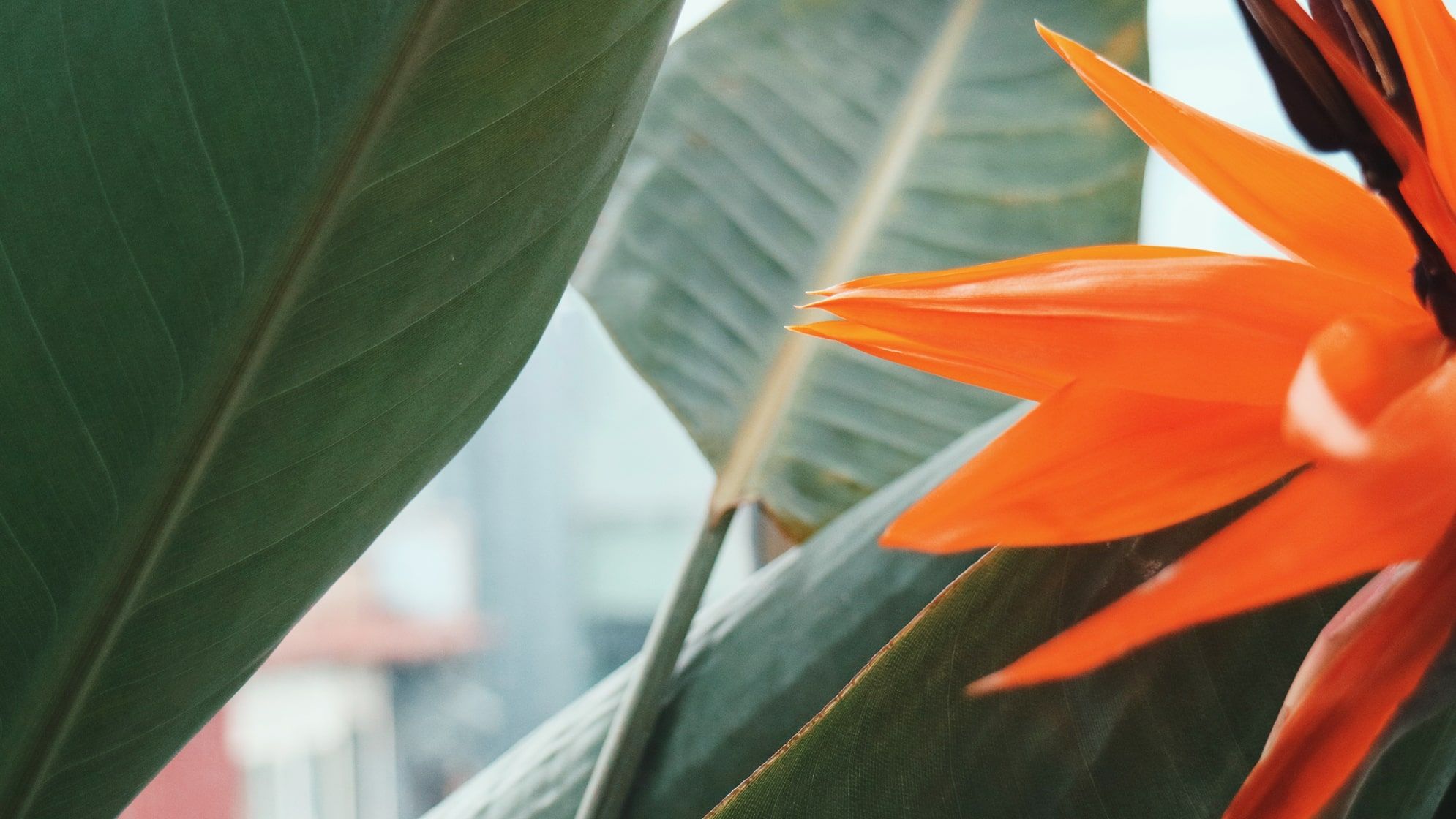
Plants brighten up your indoors year round, but some plants are at their very best when they’re in flower. There are four key things that contribute to how well a plant flowers
- Light. Most plants need 2-3 hours of light per day if they’re going to flower
- Food. Feeding, or fertilising, your plants will give them the energy they need to produce blooms
- Temperature. A warm, draught-free environment makes plants happier and more likely to flower
- Water. Lightly moist, not soggy, soil is what your plants need
Let’s get into more detail and get your plants blooming.
Will all plants flower?
In short, no. While there are lots of common indoor plants that flower readily, there are many that just won’t bloom in domestic settings. They need the perfect warm, moist conditions of the rainforest to flower. Even the most expert plant parent would struggle to recreate those. Many indoor plants should be enjoyed for their amazing leaves.
If you want to virtually guarantee flowers indoors, the peace lily, anthurium and lipstick plant are all great choices. Or a bird of paradise plant, if you have lots of room and want the ultimate indoor flowerer (seriously, these flowers are unreal).

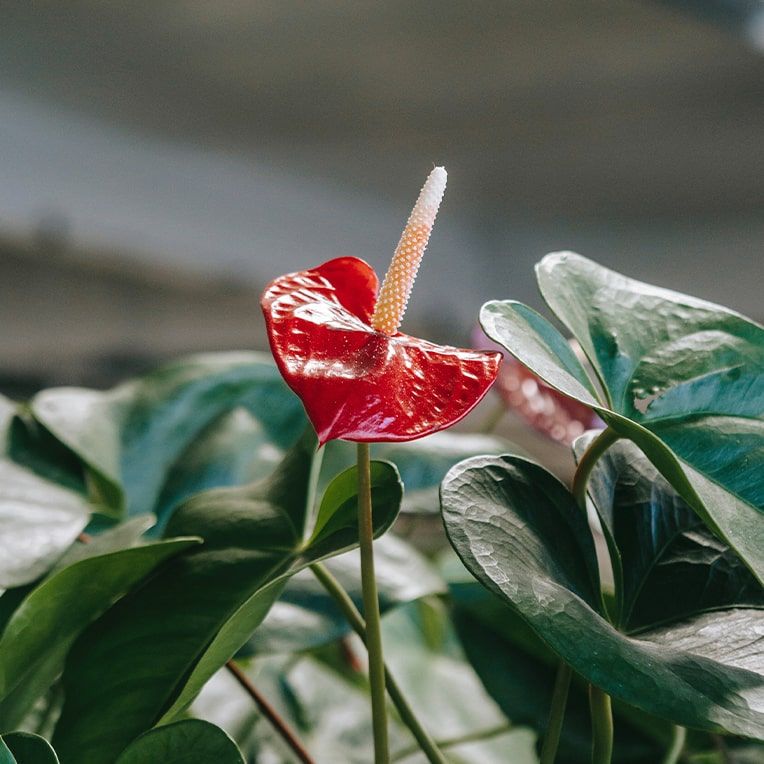
Can you make plants flower year round?
It depends on the plant, but most indoor plants are more likely to flower in spring and summer. This is simply because that’s when the weather is warmest and there’s lots of sunlight.
However, if you can keep the conditions in your home consistently warm and bright, it’s not unusual to see plants flower outside the warmer months.
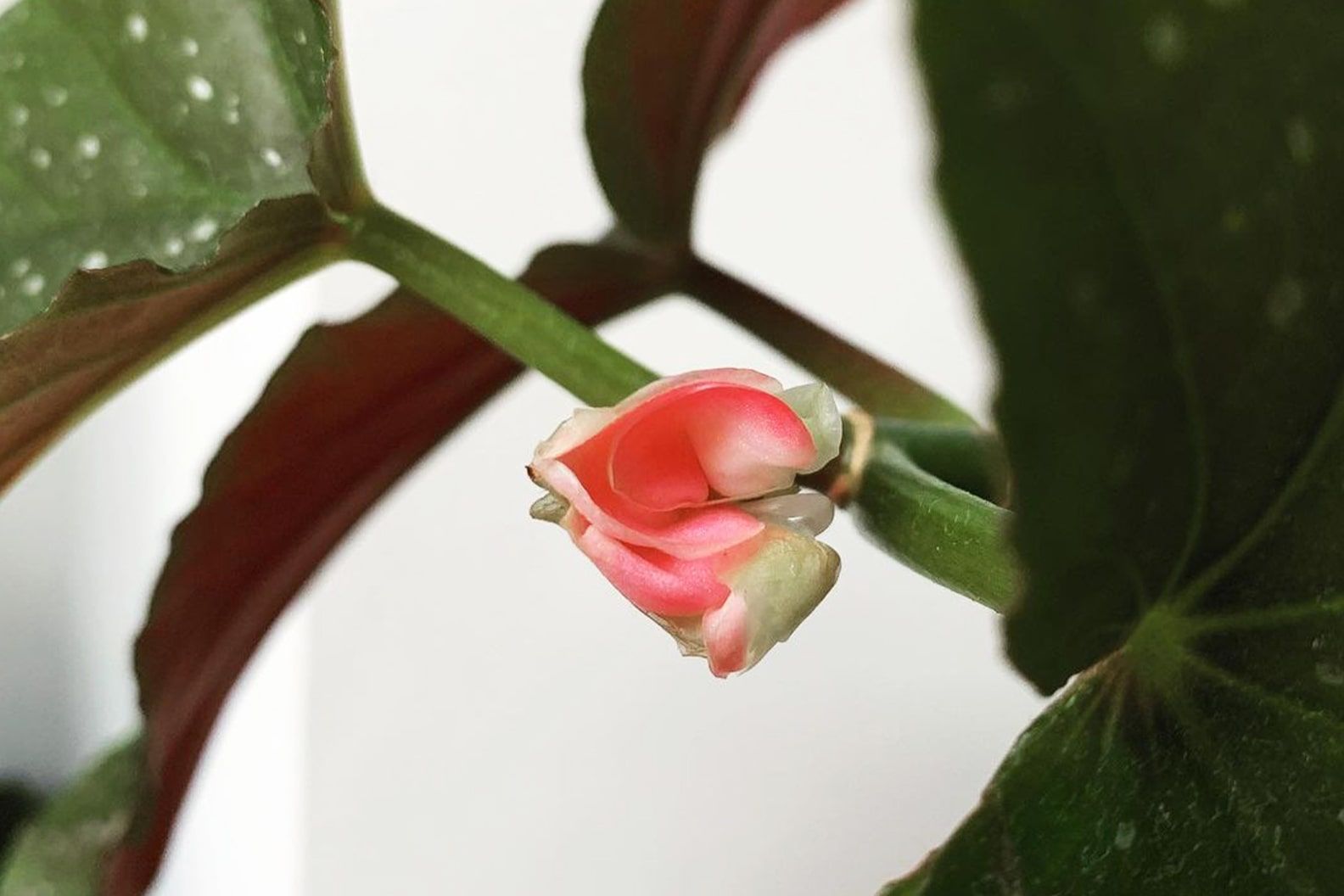
How can you encourage more flowers?
You’re most likely to see flowers if you keep your plants happy.
- Make sure they gets lots of light. A plant won’t flower without light. A peace lily might live happily in a low-light corner, but it’s unlikely to produce flowers unless it’s closer to a light source. Avoid direct sun, but pick a spot that’s bright.
- Water regularly. Keep the soil lightly moist. That means watering your plants whenever the top two inches of soil feel dry. Don’t be tempted to overdo it.
- Feed them monthly. Add some liquid fertiliser, also known as plant food, to the watering can once per month in spring and summer, to keep the nutrients topped up.
- Keep them warm. A plant in a cold or draughty spot is unlikely to flower. Keep them somewhere consistently warm, but not next to a radiator (too hot).
- Remember to deadhead. Flowers may only last a few days. When a flower dies, pinch or snip it off. That will encourage your plant to produce more flowers to replace it.
If your plant isn’t flowering, don’t worry. It doesn’t mean you’re a bad plant parent. Some plants refuse to flower for years, for reasons that might be completely unclear, but then will suddenly decide to bloom. Follow the steps above and you’ll increase the chances, but in the meantime enjoy those amazing leaves.
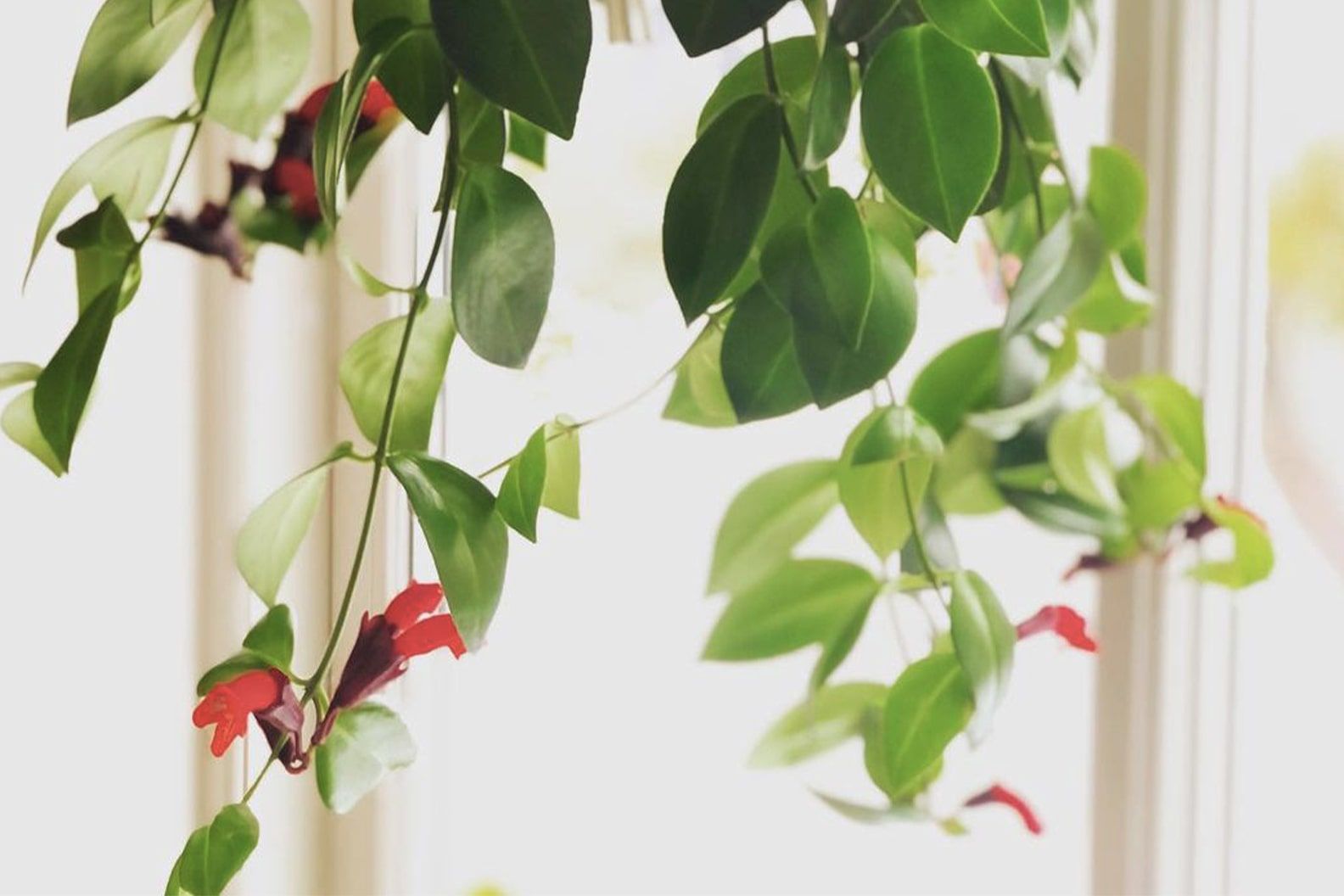
In this article
Rewild your inbox
Plant tips. Special offers. No spam.
You might like
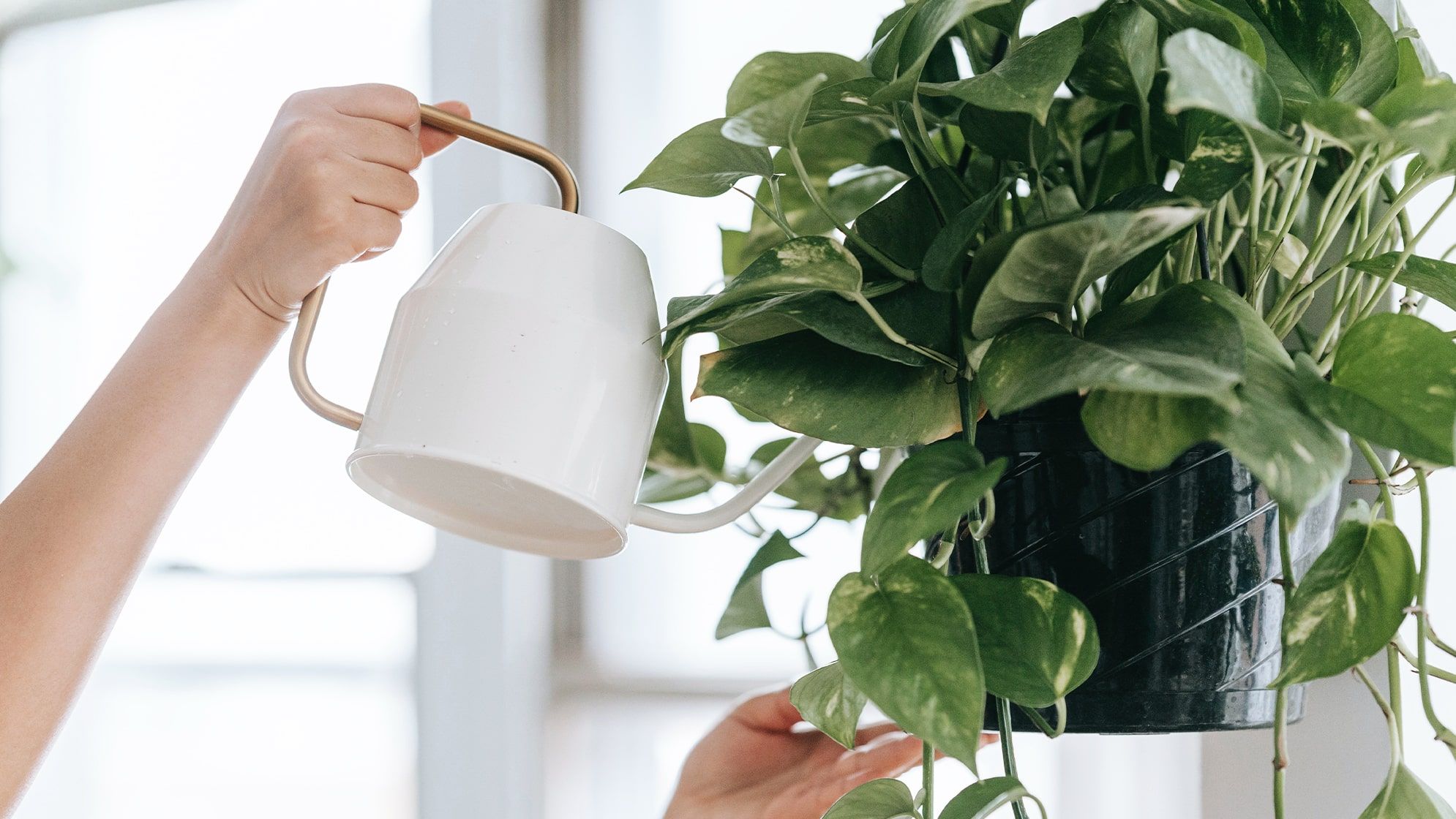
Complete guide to feeding
Because plants get hungry too
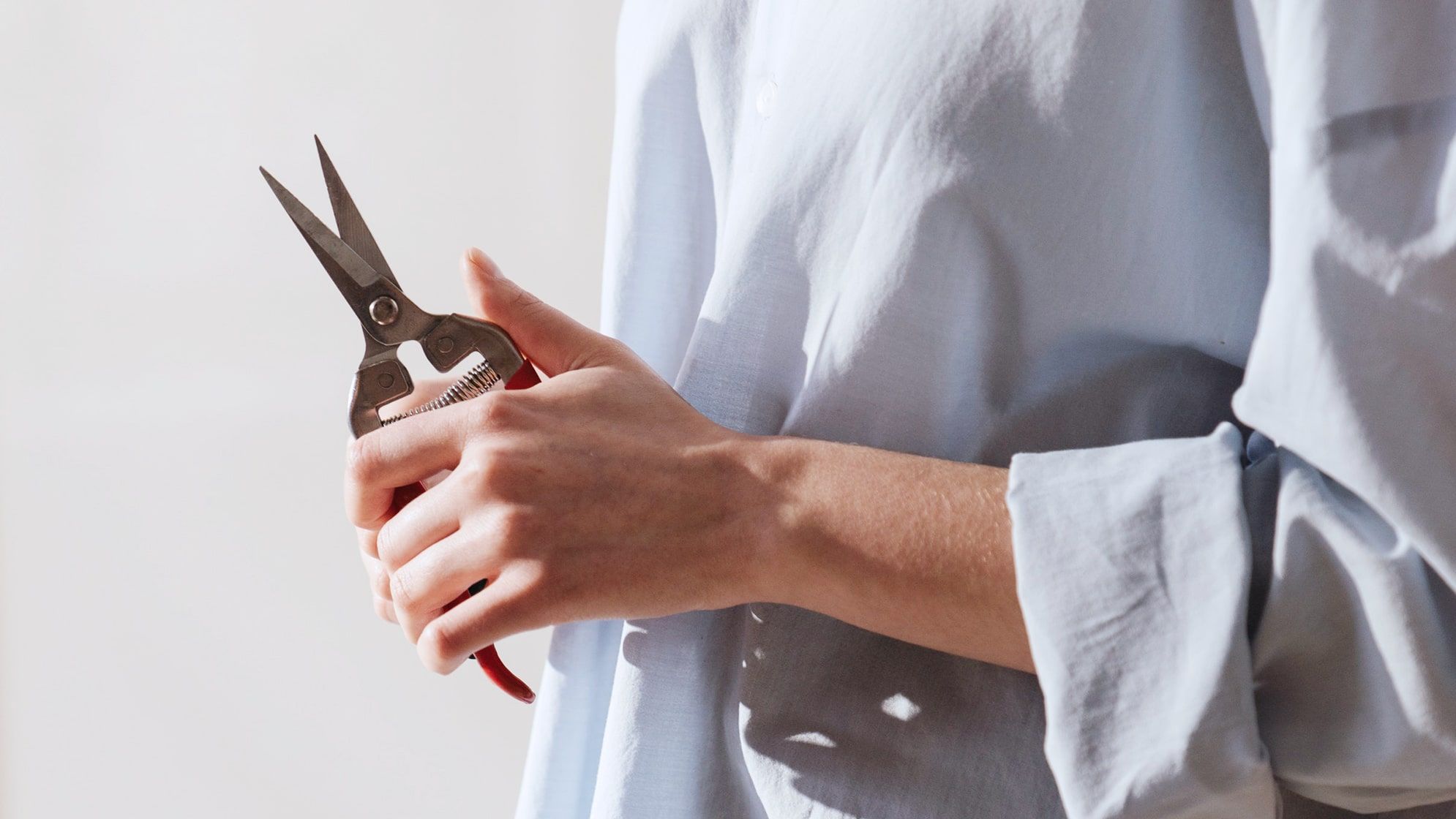
How do I deadhead my plants?
Remove old flowers to get new flowers
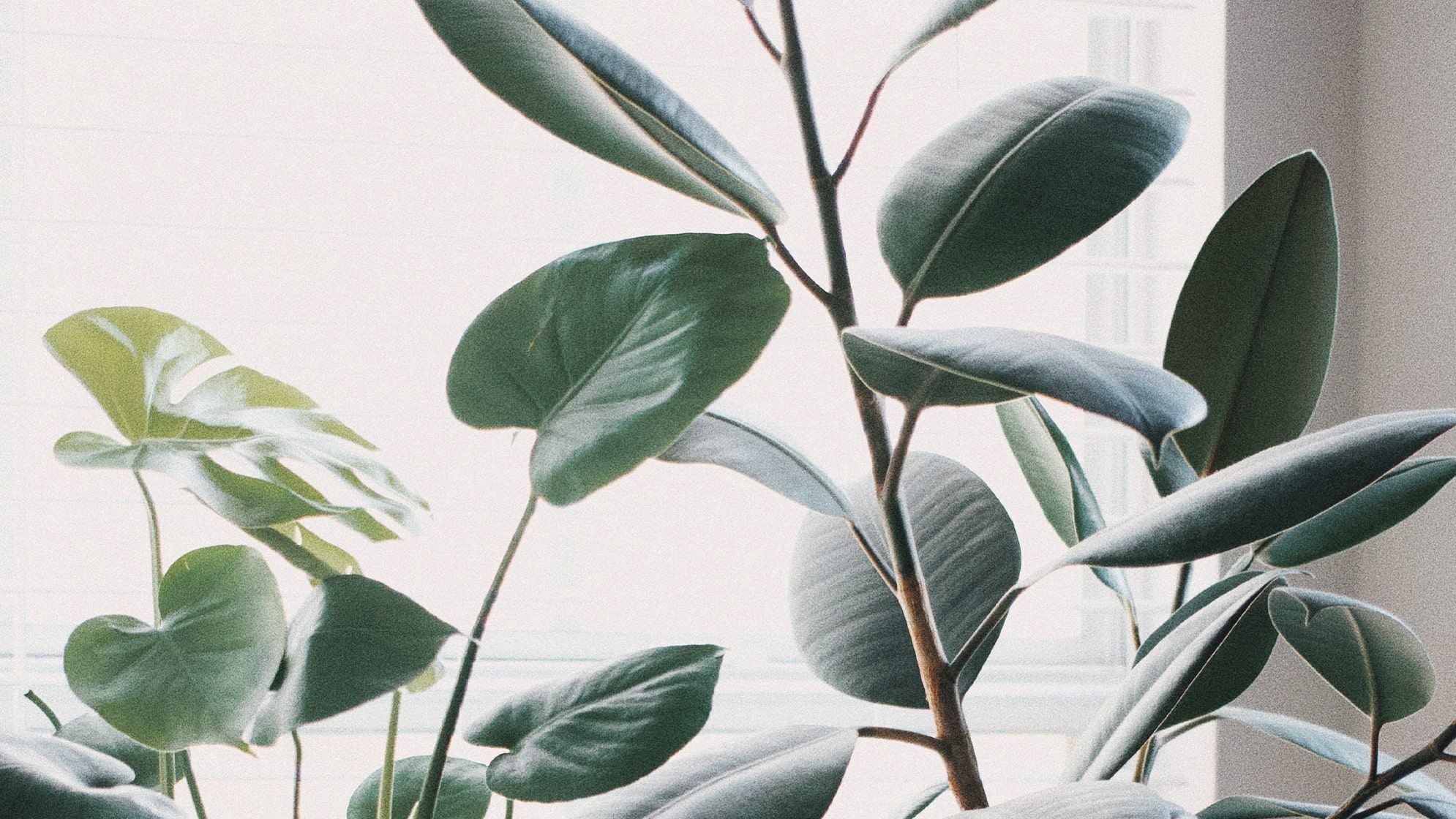
Complete guide to indoor light
Find the right plants for your home




